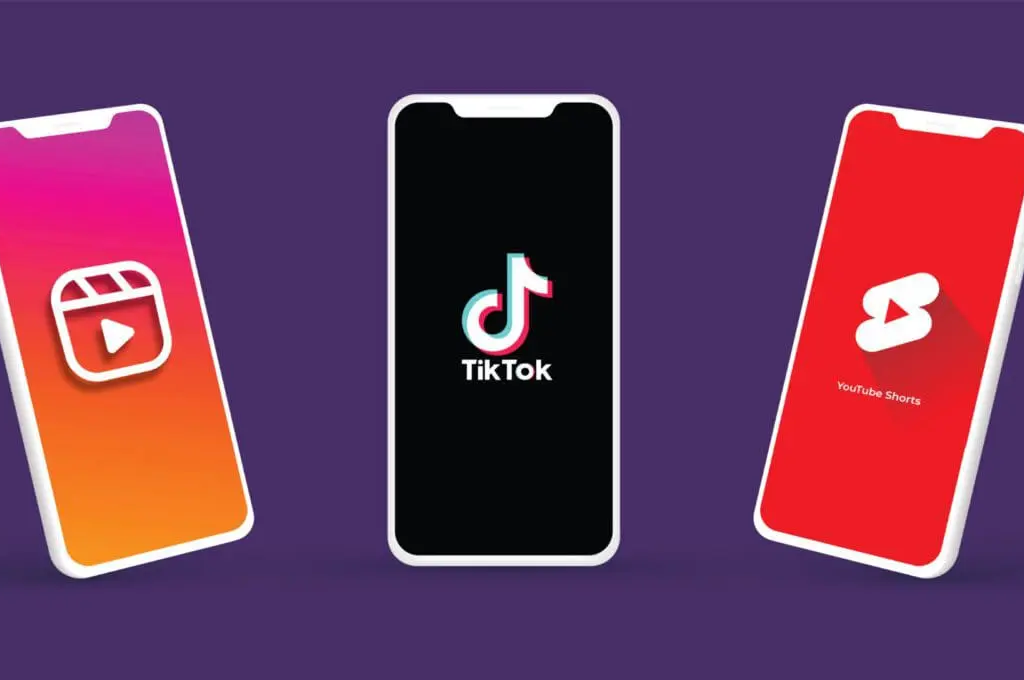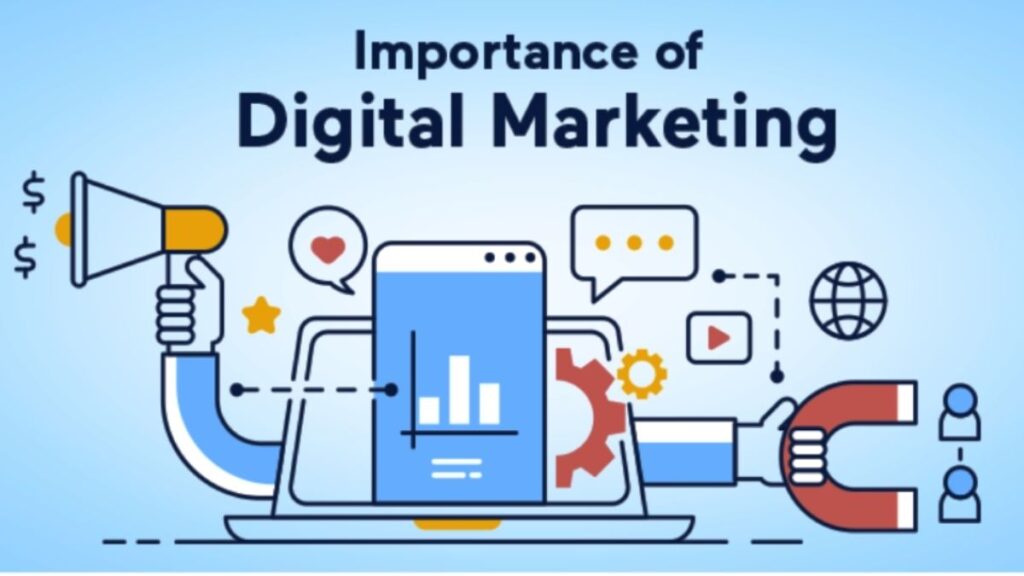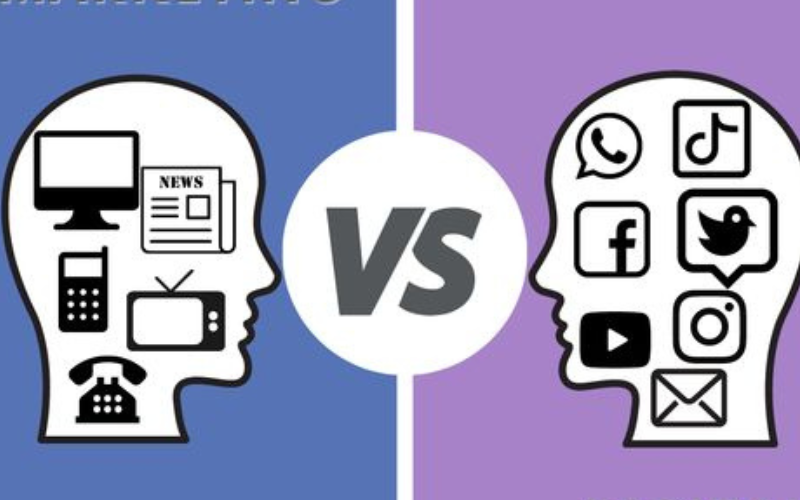Search Engine Optimization (SEO) remains a key strategy for increasing online visibility, increasing traffic and ultimately growing your business. As Google is constantly evolving, it is very important to stay on top of SEO trends and best practices to ensure your top search engine rankings.
Here are Tips to Rank Higher on Google:
1. Focus on E-E-A-T: Experience, Expertise, Authority, and Trustworthiness:
E-E-A-T has become an important ranking factor, especially with health, finances, and other content related to “your money, your life” [YMYL] topics. Google hopes to ensure that the content of its location is credible and comes from a source of authority.
Implementation tips:
Highlight the writer’s qualifications and experience to establish authority.
Link to reliable sources and high-quality reference materials.
Focus on developing an in-depth, thorough study, giving readers real value.

2. Prioritize Quality Over Quantity in Content Creation
Google’s algorithms are better than ever at recognizing useful, high-quality content. Tips to Rank Higher on Google Thin or keyword-stuffed content is quickly filtered out in favor of well-written, informative pieces that meet search intent.
Implementation Tips:
Conduct in-depth keyword research to understand user intent.
Write comprehensive, information-rich articles that adequately address user problems.
Update the existing content regularly to maintain its correlation and accuracy.

3. Optimize for Voice Search and Conversational Keywords
With the advent of voice-activated devices, people are increasingly using conversational keywords in their searches. Tips to Rank Higher on Google Voice searches are often more natural and question-based, so it’s important to tailor your content to match this trend.
Implementation tips:
Use question-based keywords and natural language.
Optimize for local search, as many voice searches are location-based.
Consider building an FAQ section on your page to capture voice search traffic

4. Improve Core Web Vitals for Enhanced User Experience
Page experience metrics, specifically Google’s Core Web Vitals, continue to play a role in rankings. These metrics— Largest Contentful Paint (LCP), First Input Delay (FID), and Cumulative Layout Shift (CLS)—measure loading speed, interactivity, and visual stability.
Implementation tips:
Reduce page load time by compressing images, using lazy loading, and optimizing code.
Make sure your website is mobile-friendly and responsive across all devices.
Monitor and improve top web vitality with Google Page Speed Insights.

5. Embrace AI-Generated Content Responsibly
AI tools like ChatGPT and other content generators are popular for streamlining content creation. However, Google emphasizes that AI content must still provide real value and meet quality guidelines.
Tips for implementation:
Use AI to do research and help, but make sure the content is uniquely valuable and carefully edited.
Add a human touch by incorporating brand voice and expertise.
Regularly review AI-generated content for accuracy and E-E-A-T principles.

6. Leverage Video Content and Optimize for Visual Search
Video content has a high engagement rate and Google is now showing videos more prominently in search results. Tips to Rank Higher on Google As visual search becomes more popular, optimizing images and videos for search can generate more traffic.
Implementation Tips:
Optimize your videos with descriptive titles, tags, and transcripts.
Use alt text and structured data for images to make them visible in Google Image Search.
Create short, informative videos that answer the most common searches in your industry.

7. Invest in Structured Data and Rich Snippets
Structured data (schema markup) helps search engines better understand your content and can increase your chances of appearing in extended results such as answer boxes, FAQs, and featured snippets.
Tips for implementation:
Use schema markup to highlight important information, such as product details, reviews, and event dates.
Implement an FAQ form to capture commonly used answer snippets.
Regularly review and update structured materials to maximize visibility.

8. Prioritize Mobile-First Indexing
Google primarily uses mobile versions of website content for ranking and indexing. Ensuring a smooth mobile experience is crucial to avoid losing rankings due to poor mobile site optimization.
Implementation tips:
Ensure content, images, and functionality are consistent across mobile and desktop versions.
Test your site on a variety of mobile devices to ensure a smooth user experience.
Use Google’s mobile-friendly test to identify and fix any mobile usability issues.

Conclusion
SEO in 2024 is about creating valuable, user-centric content that delivers a great experience across all devices. From mastering and prioritizing E-E-A-T to optimizing for voice search and incorporating structured data, these strategies will keep your website relevant in a competitive digital landscape. By implementing these Tips to Rank Higher on Google, your website can achieve higher rankings, more visibility, and ultimately better engagement with your target audience.















